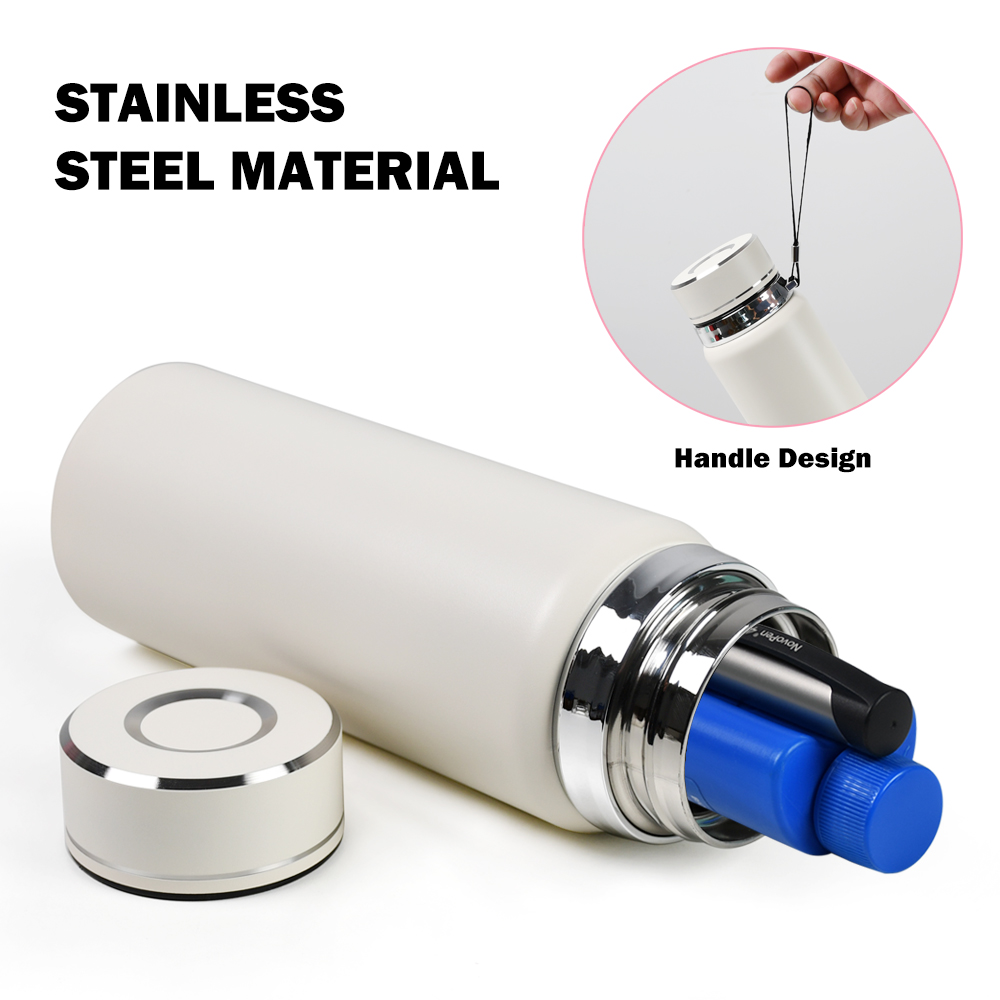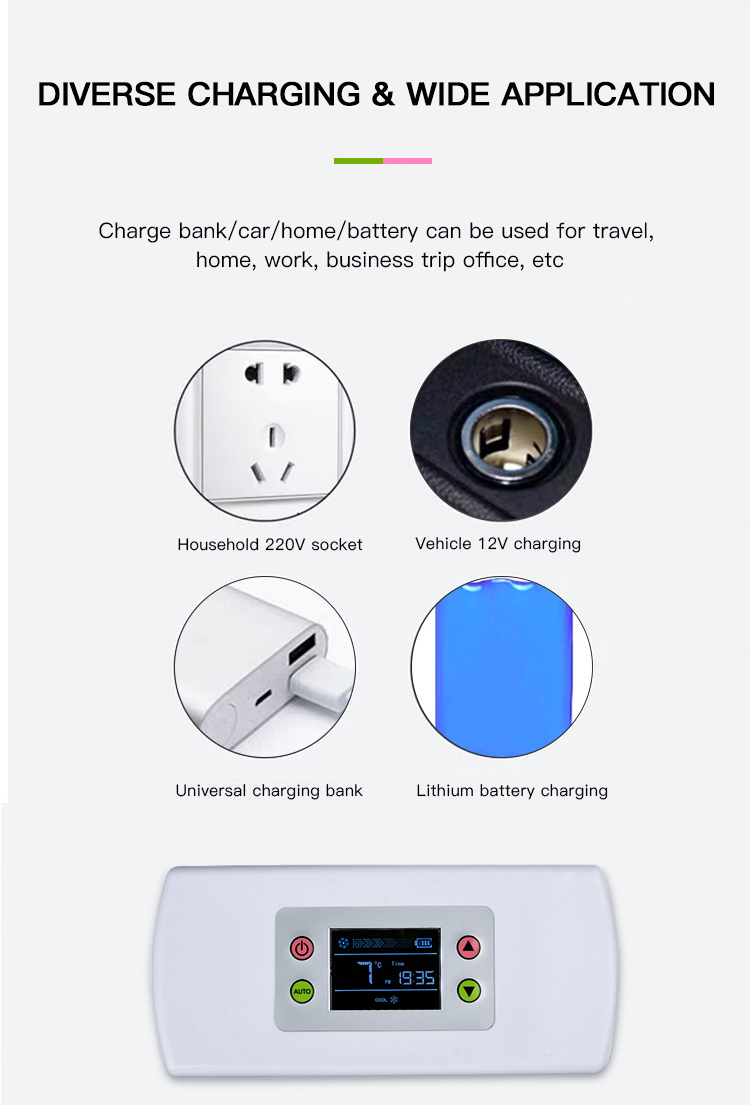 Badu(Xiamen) Technology Co., Ltd
Badu(Xiamen) Technology Co., Ltd
When choosing an insulin cooler for travel, consider the following factors:
1.Temperature control: Look for a cooler that can maintain the safe temperature range for insulin storage (2°C to 8°C or 36°F to 46°F) for an extended period. Some coolers use cooling packs, while others have built-in refrigeration or thermoelectric cooling systems. Ensure that the cooler can consistently keep the insulin at the appropriate temperature throughout your journey.
2.Size and capacity: Consider the size and capacity of the cooler based on the amount of insulin you need to carry during your travels. Insulin pens or vials, syringes, and other diabetes supplies should fit comfortably within the cooler. Choose a size that suits your specific needs while considering the portability and convenience of carrying it.
3.Cooling mechanism: Different coolers use various cooling mechanisms, such as ice packs, gel packs, refrigeration units, or thermoelectric cooling. Evaluate the pros and cons of each cooling mechanism and choose one that suits your preferences and travel requirements. Ensure that the cooling method can maintain the desired temperature range consistently.

4: Portability: Consider the portability and ease of carrying the insulin cooler during your travels. Look for lightweight and compact coolers that are convenient to carry in your bag or purse without weighing you down. Some coolers come with carrying handles, shoulder straps, or clips for added convenience.
5: Durability: Insulin coolers should be durable enough to withstand the rigors of travel. Look for coolers made from sturdy materials that can handle bumps, drops, and other potential hazards. Inspect the quality of the cooler and read customer reviews to assess its durability.
6: Power source: If you option for a cooler with built-in refrigeration or thermoelectric cooling, consider the power source. Some coolers can be powered by electricity, USB ports, car adapters, or batteries. Choose a power source that aligns with your travel plans and accessibility to power outlets.

7: User reviews and recommendations: Read reviews and recommendations from other users who have used the insulin cooler for travel. Their feedback can provide insights into the cooler's performance, reliability, and overall user experience.
8: Additional features: Consider any additional features that may be useful during travel, such as insulation, compartments to organize supplies, temperature monitoring, or alarms to alert you of temperature deviations.
It's important to note that individual needs and preferences may vary, so choose an insulin cooler that best suits your specific requirements and travel plans. If you have any concerns or questions, consult with your healthcare professional or pharmacist for further guidance on selecting the right insulin cooler for your needs.